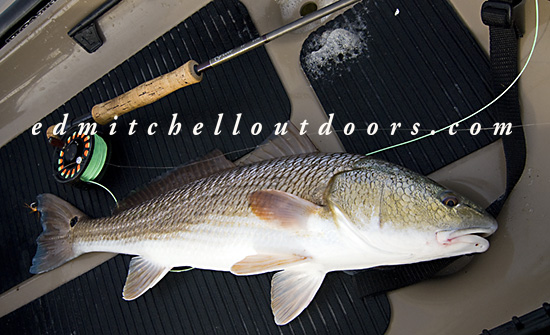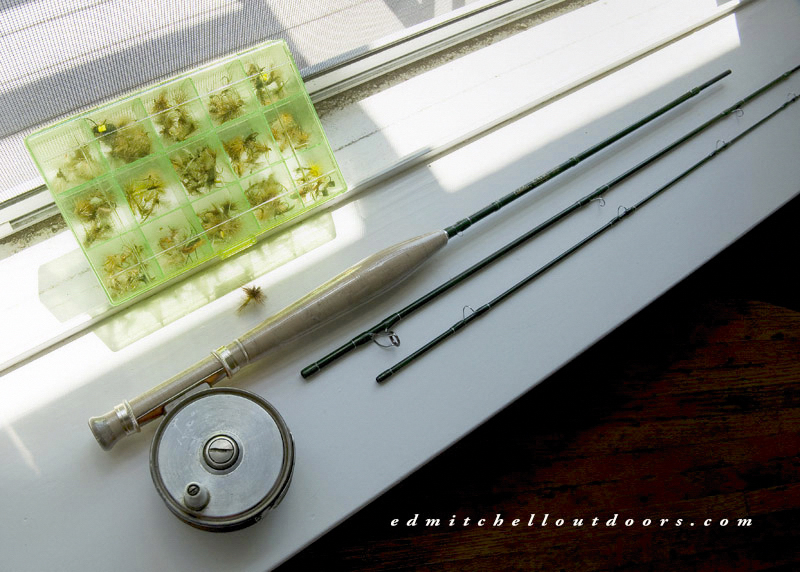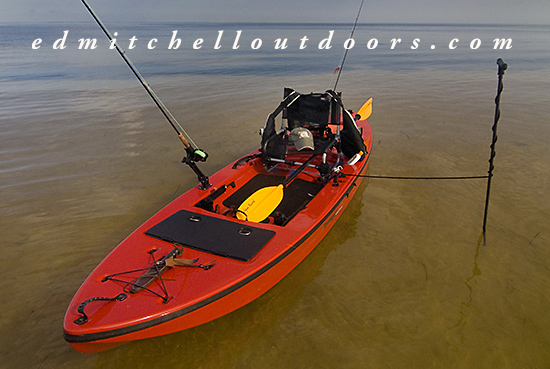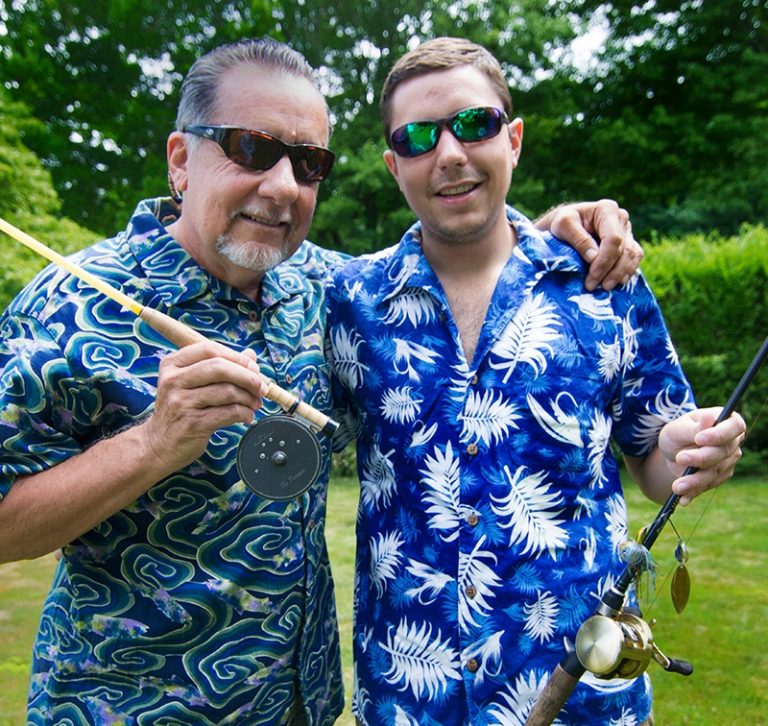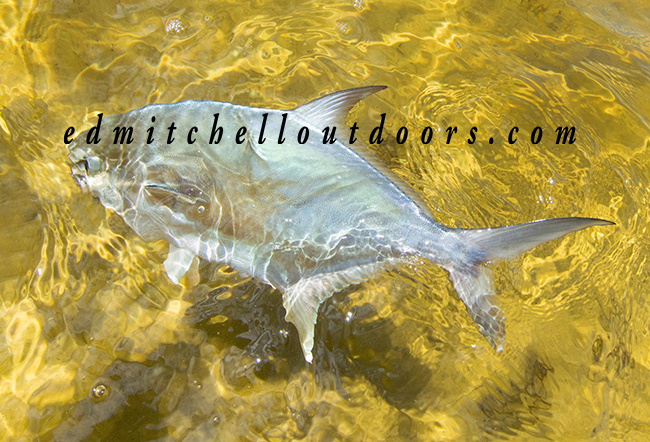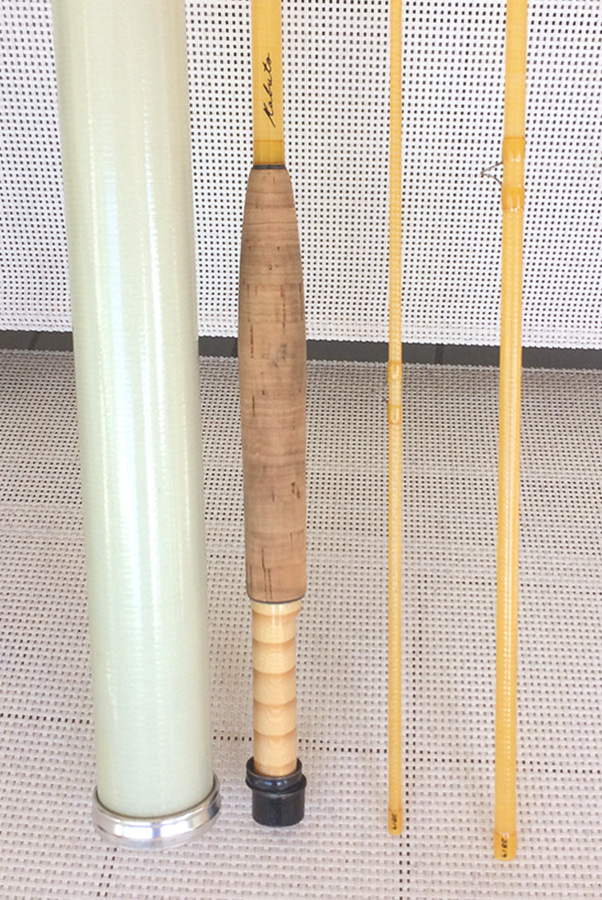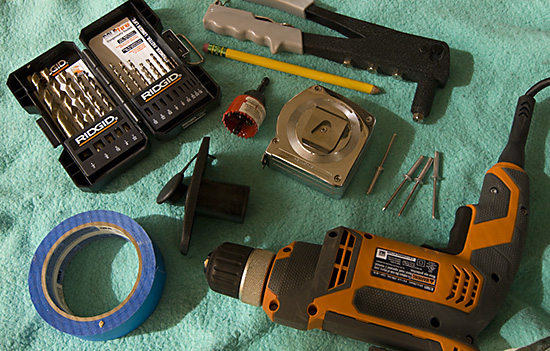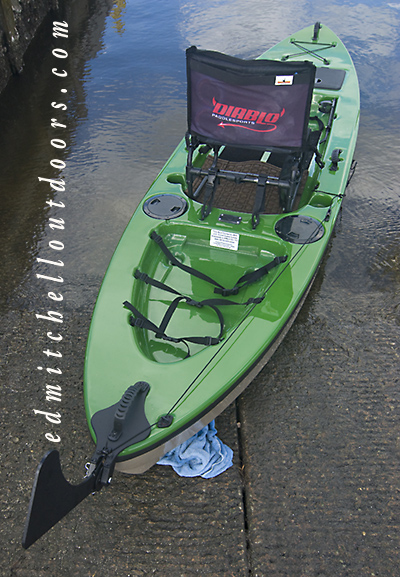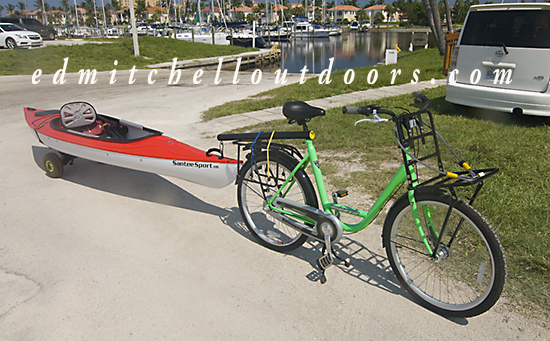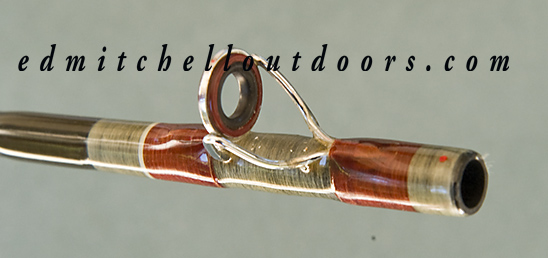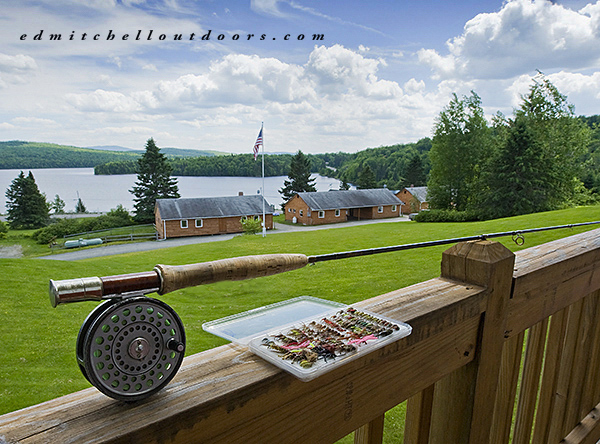A Winston Fiberglass 10wt Fly Rod
In my years on the water, fly rods have changed quite bit, in terms of construction, design, hardware, price, and above all performance. And nowhere are those changes more evident than in the salt.

North Truro in the 1980’s credit Phil Farnsworth
Why the salt? For one thing, the salt is a newer game and simply required newer thinking. On top of that saltwater anglers increasingly pushed for rods capable of not only casting farther, but capable of subduing more and heavier species. Bring it on dude. The bigger the better. And face it, in every aspect, salt water requires tougher equipment. The brine kills things.

Winston Fiberglass 10wt
The B&Wphoto was shot on an October dawn in the 1980’s. Now it may look like I’m hooked to a killer bass, but its only a schoolie. The steepness of the beach, and the force with which waves charged up and down the slope, forced me to push the rod deep. Note I even choked up a little with my right hand – not always a good idea – but this is a “glass” rod and highly unlikely to snap.
What rod is it? A Winston fiberglass 9′, 2 piece 10wt, designed in the 1970’s. I bought it direct from the factory – some many tides past- with two tips and a detachable fighting butt. Back then this rod was listed in the catalogue as one of six rods developed for “Steelhead, Salmon, Bass and Light Saltwater”. From the factory the reel seat (Cal-Air) was installed down-locking. As you can see in the picture above, I reversed it.

10mm Carboloy Stripper
Check out the shape of the bend. Progressive taper? Tip action? I don’t think so. Back then Winston said these six rods had “special tapers” To me it appears to be a compound taper leaning to the parabolic. What do you think? Well, nothing like that today, nothing. And check out the stripping guide shown above. Today a 10wt fly rod stripping guide would have a modern ceramic insert and perhaps be 20mm. This rod has three stripping guides and the largest is a 10mm carboloy, just able to pass a chopstick. Times had changed. Why did Winston use such small stripping guides? Tom Morgan felt they increased distance by reducing line slap against the blank.

On the weight end of things , this rod is still competitive today. How is that possible? For one, the Winston had a removable fighting butt, not included here. (attached the rod would go over 6 ounces) Plus all rod hardware today – reel seats, guides – are far more heavy duty and much of it heavier because of it.
All and all I loved this old “glass” rod and used it often. Still got it. Wonderful memories. In its time it was a great product. Top notch. From a great company. Still it shows us how saltwater fly rods have evolved to meet the demands of the sport.
Interest in learning more about Winston fiberglass rod? There are several on this site as well as Cabela glass rods, Kabuto, and a Diamondglass.


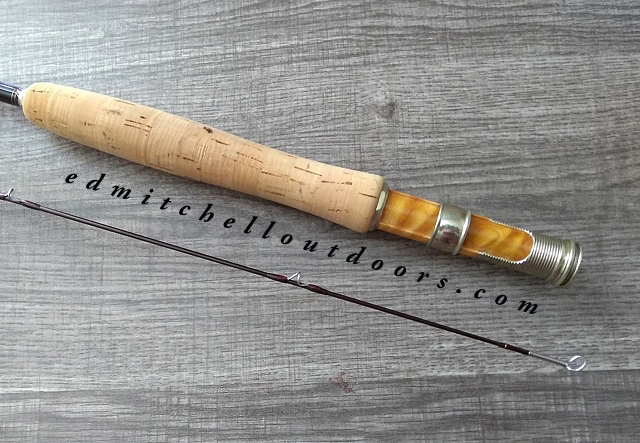
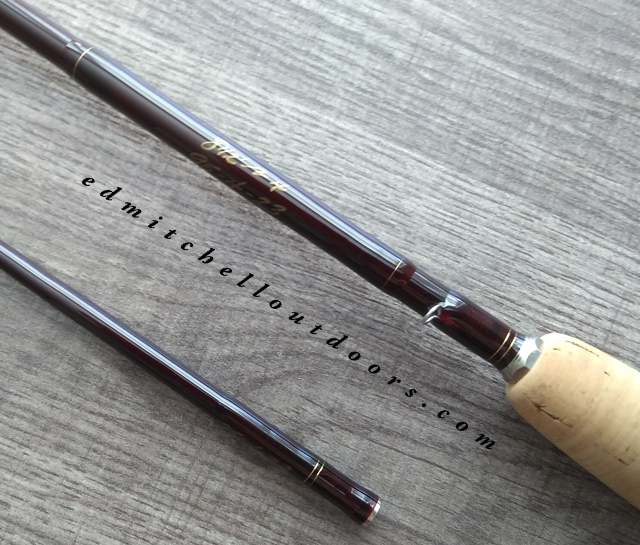
 There is a single agate stripping guide, followed by snakes guides and a tip top. All wraps are perfectly done. Yes, more attention to detail.
There is a single agate stripping guide, followed by snakes guides and a tip top. All wraps are perfectly done. Yes, more attention to detail.
 First off, it was exceptionally heavy, far heavier than any other tube I had ever felt. So when I got home I put it on the scale. The empty tube weighed in 2 pounds! On top of that, it was octagonal. Which meant it would not roll off a table or be hard to grip with wet hands. And the paint job was textured too. Wow, thoughtful.
First off, it was exceptionally heavy, far heavier than any other tube I had ever felt. So when I got home I put it on the scale. The empty tube weighed in 2 pounds! On top of that, it was octagonal. Which meant it would not roll off a table or be hard to grip with wet hands. And the paint job was textured too. Wow, thoughtful.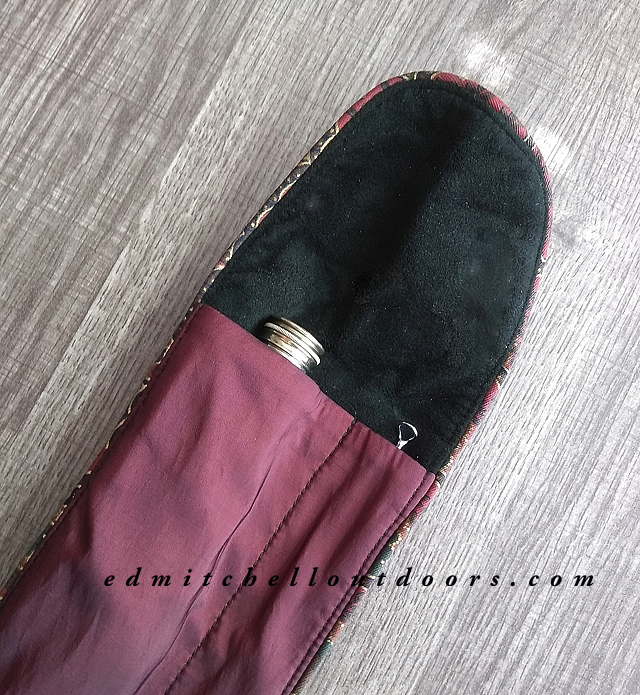 Rodsmiths emblem. Yet interestingly enough, I couldn’t find one on the rod itself. So is this a “kit” rod? No, I don’t believe it is. Rather I think the lack of a badge or emblem on the rod is a reflection of this rod’s vintage and how it may fit into the history of Tom Morgan Rodsmiths.
Rodsmiths emblem. Yet interestingly enough, I couldn’t find one on the rod itself. So is this a “kit” rod? No, I don’t believe it is. Rather I think the lack of a badge or emblem on the rod is a reflection of this rod’s vintage and how it may fit into the history of Tom Morgan Rodsmiths.



